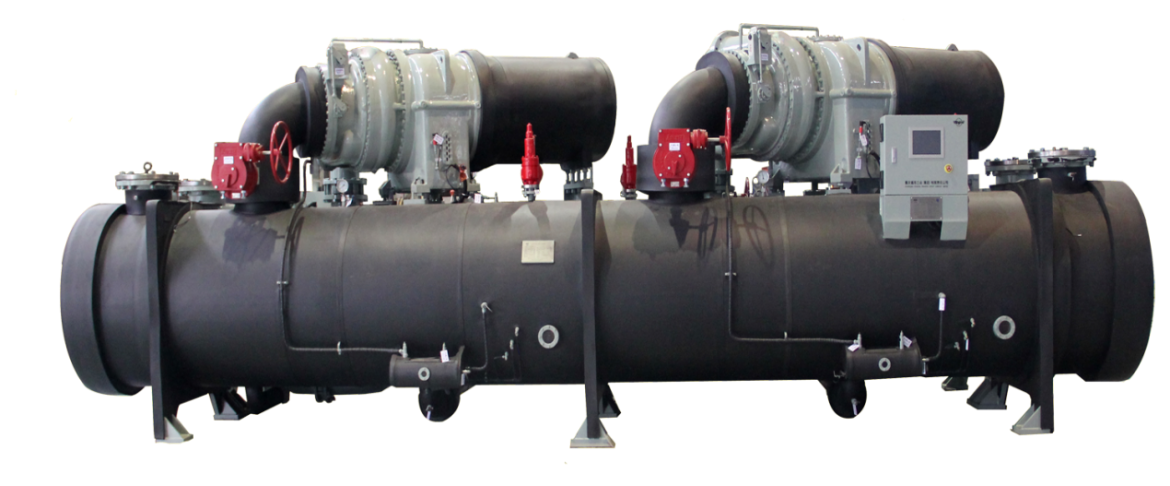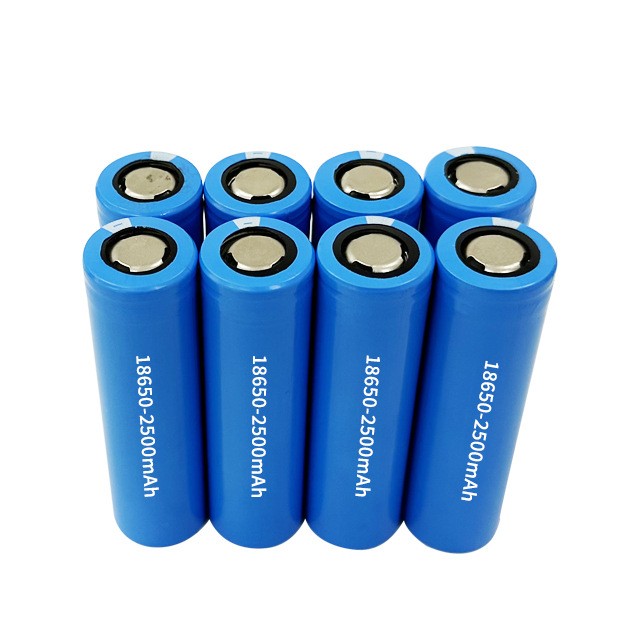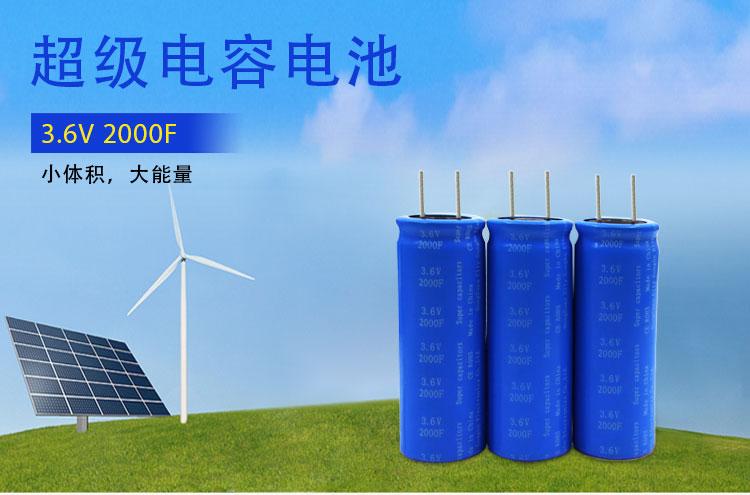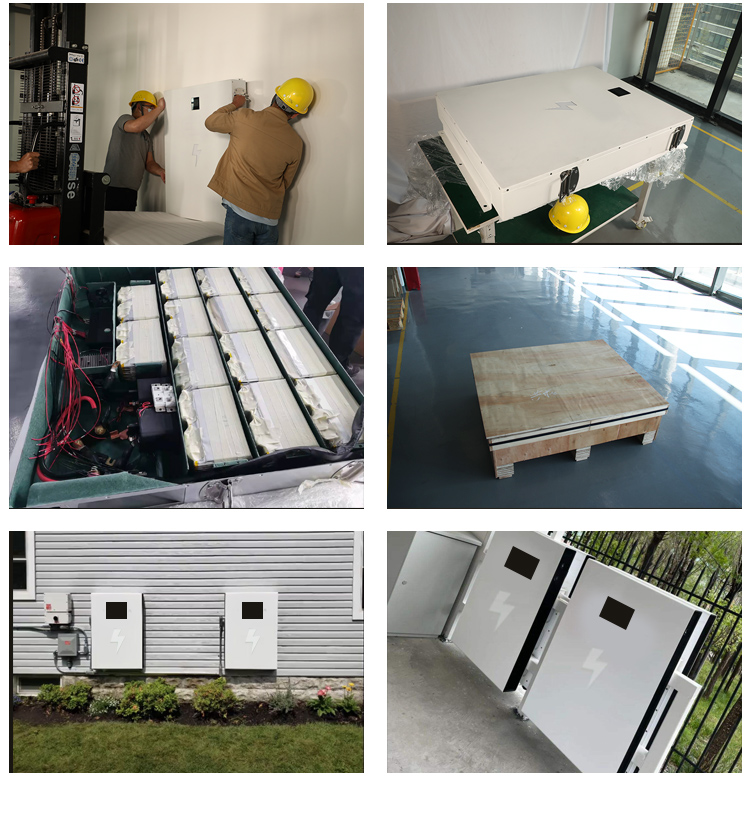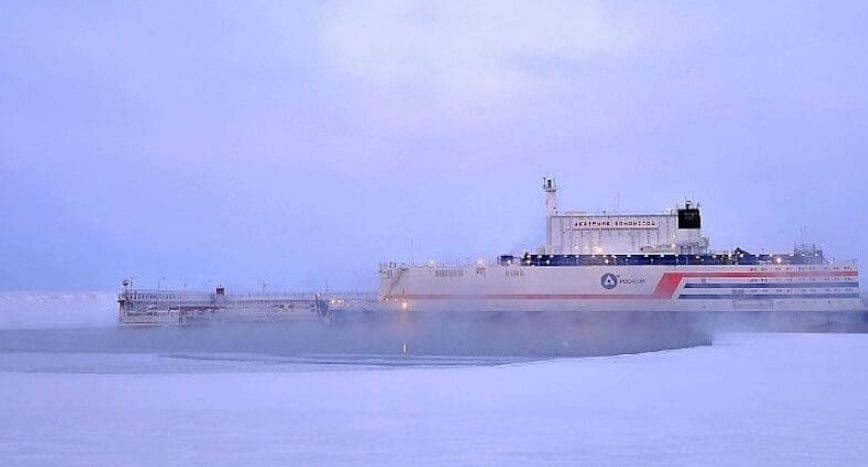
Russia's Akademik Lomonosov floating nuclear power plant.
Wedoany.com Report-Jan 19, The Akademik Lomonosov floating nuclear power plant in Russia’s Arctic Chukotka region has generated its first billion kilowatt hours, as it approaches five years since entering commercial operation.
The floating nuclear power plant (FNPP), part of the Rosenergoatom division of Rosatom, is providing about 60% of the energy for the western Chukotka region and Chersky in Yakutia and has been increasing its output each year. It began commercial operation in May 2020, and its operators say the amount of energy it has now generated would be enough to “make a double espresso for everyone on earth”.
Natalia Tarasova, Deputy Director for Human Resources Management at the FNPP, said: “The past year was a landmark one … the first fuel campaign in the history of the plant was successfully completed. In the Arctic conditions, this is a challenge, and we coped with it. I associate this success, first of all, with the effective planning of work and the coordinated work of all the plant personnel. One of the features of our work is that some of the personnel work on a rotational basis … it should be noted that the non-standard approaches to work have been an integral part of the FNPP project since its inception.”
It is the world’s only operating floating nuclear power plant. It is based, with its coastal infrastructure, by the city of Pevek – population 5000 – to which it supplies heat and power. The Akademik Lomonosov has two KLT-40S reactors generating 35 MWe each, which are similar to those used in a previous generation of nuclear powered icebreakers. It is also providing energy for the development of mining of the Baimskaya ore zone. It has the capacity to provide electricity to a city with a population of up to 100,000 people.
Rosatom is in the process of constructing four floating power units and is targeting the export market for floating nuclear power plants with capacity of at least 100 MWe and an assigned service life of up to 60 years featuring RITM-200M reactors, derived from those used on Russia’s latest nuclear-powered icebreakers.
